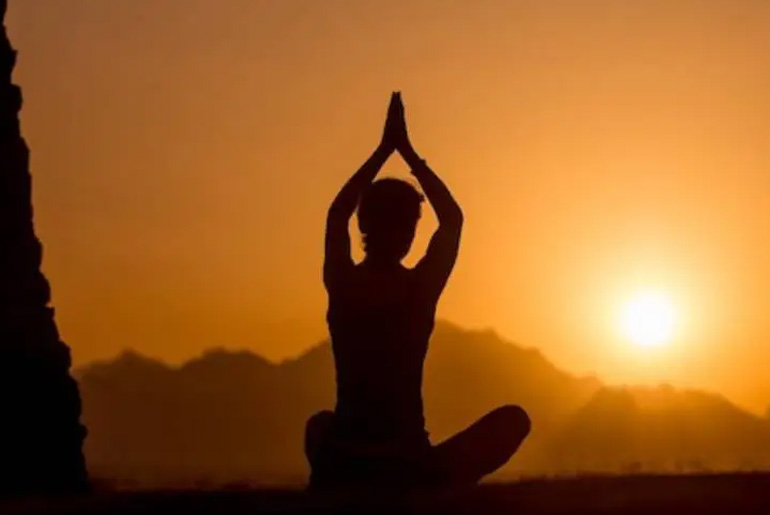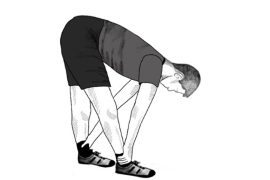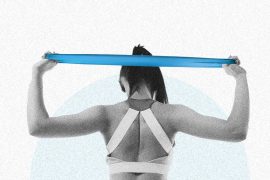As India faces multiple heatwave alerts amid the summer season, the risk of heatstroke and related health issues becomes increasingly critical. Heatwaves can lead to severe conditions such as dizziness, heavy sweating, cardiovascular problems, and even heatstroke, which poses serious risks like dehydration and organ damage. Practicing yoga on the occasion of International Day of Yoga 2024 can play a crucial role in managing these risks.
Yoga enhances the body’s ability to stay cool and calm through specific postures (asanas), breathing exercises (pranayama), and meditation techniques. These practices aid in regulating body temperature, improving circulation, and reducing stress, thereby mitigating the chances of heatstroke. By integrating yoga into daily routines, individuals can better safeguard their health during periods of extreme heat, fostering resilience and well-being amidst challenging environmental conditions.
Yoga Asanas:
- Setu Bandhasana (Bridge Pose):
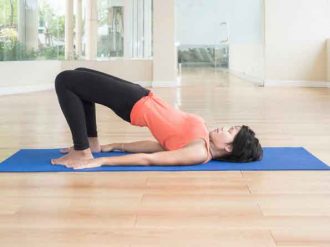
- Benefits: Improves blood circulation, calms the nervous system, enhances cardiovascular health.
- Effect: This pose stretches the spine, chest, and neck while stimulating abdominal organs and lungs. It’s beneficial for relieving stress and fatigue.
2. Shavasana (Corpse Pose):
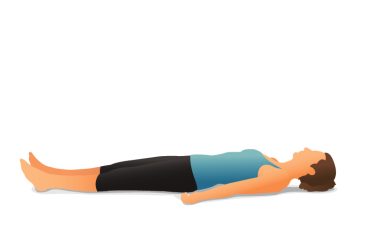
- Benefits: Reduces body temperature, induces deep relaxation.
- Effect: Shavasana relaxes the whole body and mind, promoting a state of restful alertness. It allows the body to assimilate the benefits of yoga practice.
3. Viparita Karani (Legs Up the Wall Pose):
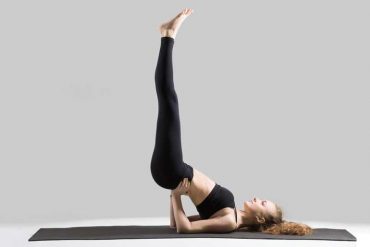
- Benefits: Calms the nervous system, reduces stress, cools the body.
- Effect: In this pose, the legs are elevated against a wall, promoting relaxation and reducing swelling in the legs. It’s known for its calming effects on the mind.
4. Supta Baddha Konasana (Reclining Bound Angle Pose):
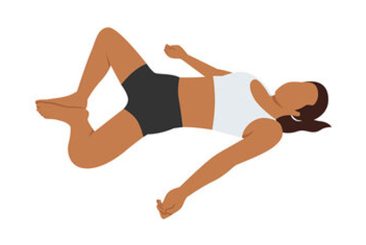
- Benefits: Opens the hips, enhances hip flexibility, cools the body.
- Effect: This pose gently stretches the inner thighs and groin while promoting relaxation. It’s particularly beneficial for women’s health and helps in calming the mind.
5. Breathing Techniques (Pranayama):
Sheetali Pranayama (Cooling Breath Technique):
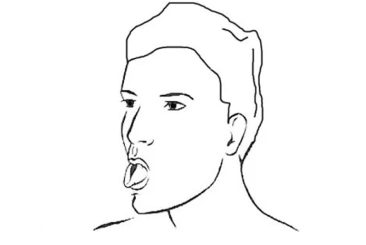
- Benefits: Cools down the body, reduces excitement and anxiety.
- Effect: Sheetali involves inhaling through the curled tongue or pursed lips, which cools the breath and the body. It activates the parasympathetic nervous system, inducing relaxation.
Sheetkari Pranayama (Hissing Breath Technique):
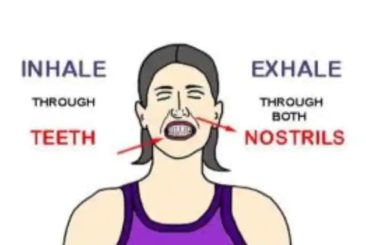
- Benefits: Cools the body, calms the mind.
- Effect: Similar to Sheetali, Sheetkari involves inhaling through the teeth with lips sealed. It has a cooling effect on the body and helps in calming mental agitation.
Kaki Mudra:
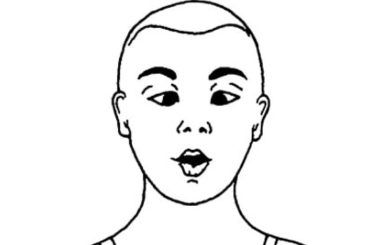
- Benefits: Cools the body, calms the mind, improves skin complexion.
- Effect: Kaki Mudra involves a specific hand gesture and eye focus. It’s believed to cool the body internally and improve skin health, offering anti-aging benefits.
Chandra Bhedana Pranayama (Left Nostril Breathing):
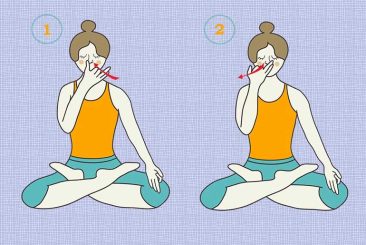
- Benefits: Activates cooling energy, reduces body heat.
- Effect: This pranayama involves inhaling through the left nostril, which is associated with the lunar, cooling energy (ida nadi). It helps in calming the mind and body, reducing excess heat.
These yoga asanas and pranayama techniques are particularly beneficial during hot weather or times when the body needs to cool down. They not only aid in physical relaxation but also promote mental calmness and overall well-being. Integrating them into a regular yoga practice can help maintain a balanced and cool state of mind and body.
Disclaimer:
The information contained in this article is for educational and informational purposes only and is not intended as a health advice. We would ask you to consult a qualified professional or medical expert to gain additional knowledge before you choose to consume any product or perform any exercise.

